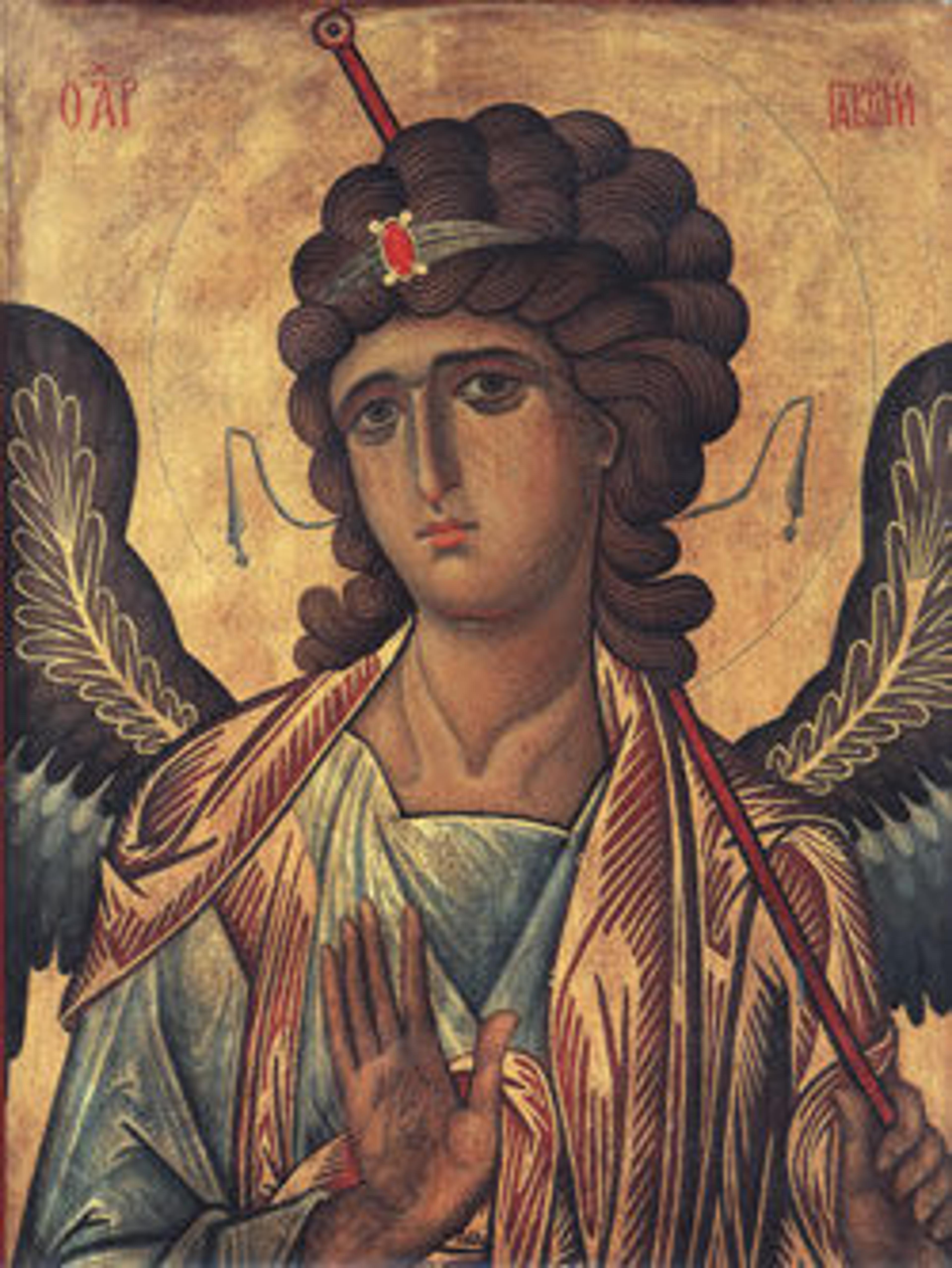MedalObverse: Equestrian Portrait of Emperor Constantine (r. 307–337)Reverse: Allegory of Salvation
Jean, duc de Berry, was an avid collector of precious objects that often referred, however distantly, to antiquity. This is a reproduction of a lost medal that the duke acquired or commissioned in Paris in November 1402 and later had cast in gold. This medal and another depicting Heraclius survive only in later casts. Their compositions, figural designs, and exotic costume details are echoed in several of the duke’s manuscripts illuminated by the Limbourg brothers, including the Belles Heures.
Artwork Details
- Title: MedalObverse: Equestrian Portrait of Emperor Constantine (r. 307–337)Reverse: Allegory of Salvation
- Date: ca. 1402–13 (model); 16th century (cast)
- Geography: Made in Paris, France
- Culture: French
- Medium: Copper alloy
- Dimensions: 3 11/16 × 3/16 in., 5.908oz. (9.3 × 0.5 cm, 167.5g)
- Classifications: Metalwork-Copper alloy, Medals and Plaquettes
- Credit Line: Gift of Mr. and Mrs. Alain Moatti, 1988
- Object Number: 1988.133
- Curatorial Department: Medieval Art and The Cloisters
More Artwork
Research Resources
The Met provides unparalleled resources for research and welcomes an international community of students and scholars. The Met's Open Access API is where creators and researchers can connect to the The Met collection. Open Access data and public domain images are available for unrestricted commercial and noncommercial use without permission or fee.
To request images under copyright and other restrictions, please use this Image Request form.
Feedback
We continue to research and examine historical and cultural context for objects in The Met collection. If you have comments or questions about this object record, please contact us using the form below. The Museum looks forward to receiving your comments.
